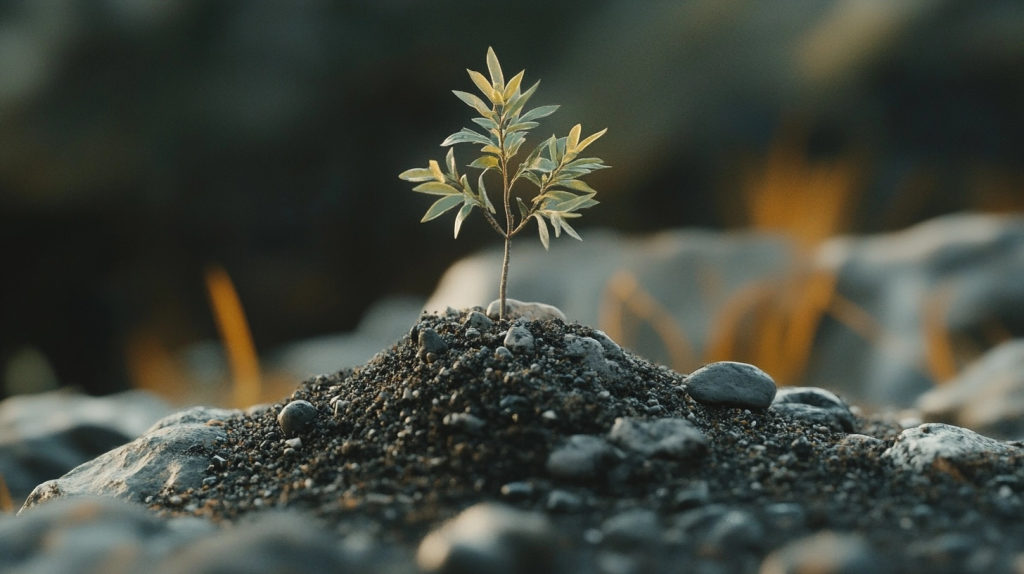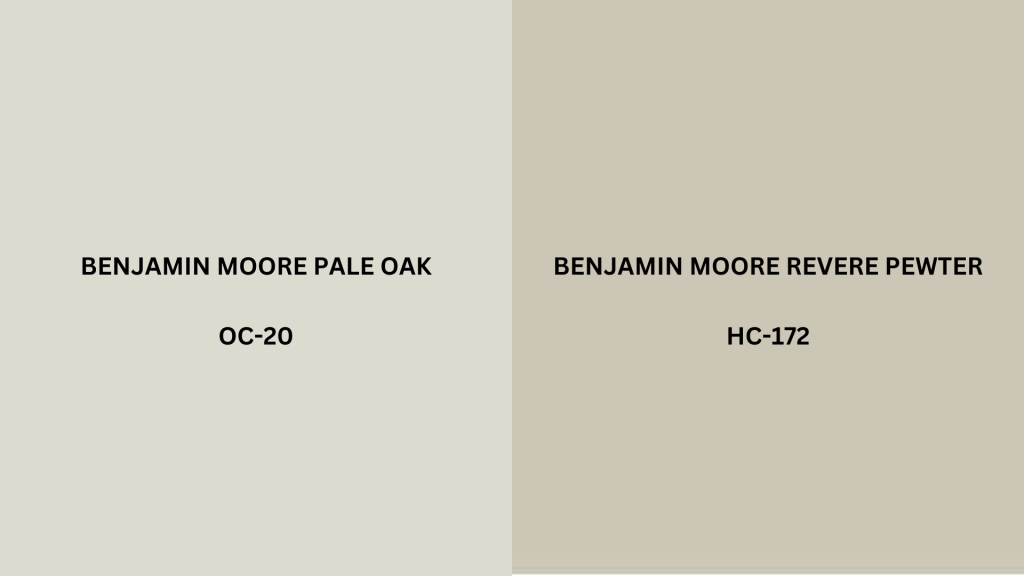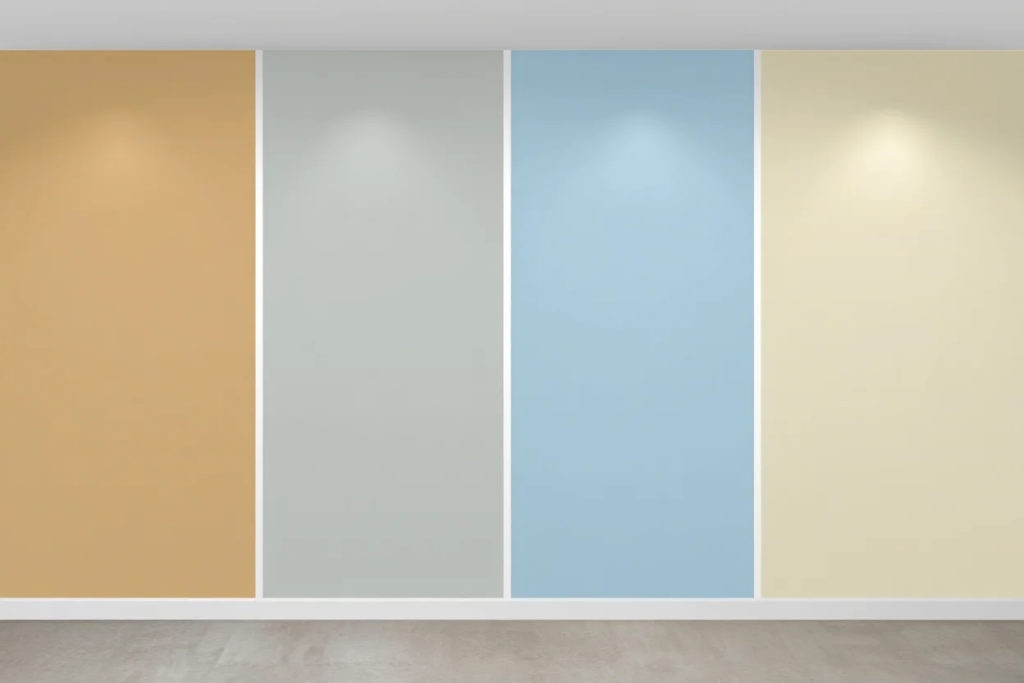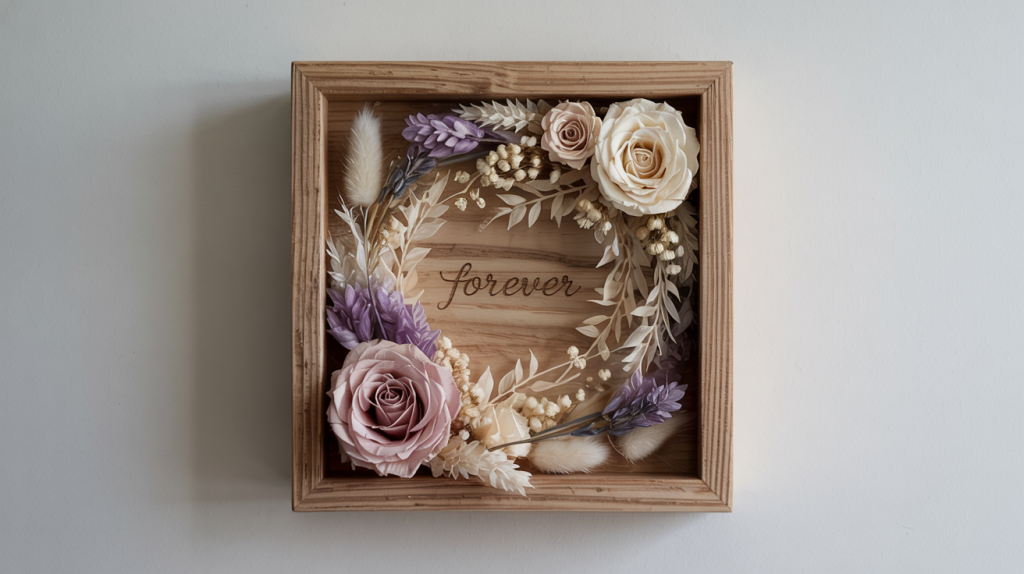Have you ever planted something with high hopes, only to watch it struggle in poor soil?
I’ve been there too. Good soil makes all the difference between plants that thrive and those that barely survive.
When I first started gardening, I spent hours trying to fix my heavy clay soil. That’s when I learned about soil additions like pumice and perlite.
Both look similar, light-colored chunks that help soil drain better, but they work in slightly different ways.
If you’re scratching your head wondering which one to pick up at the garden center, you’re not alone. I asked myself the same question: “Which is better for soil improvement, pumice or perlite?”
I’ll explain what I’ve learned about both options so you can make the best choice for your plants.
Why Does Soil Quality Matter?
Good soil is the foundation of every plant I grow. Without it, my plants stay small, get sick easily, and produce fewer flowers or fruits.
I’ve learned that roots need three things: water, nutrients, and air. When soil is too packed, roots can’t spread out or breathe properly.
Both pumice and perlite help fix this problem by creating spaces in my soil.
These spaces let water flow through while keeping air pockets that roots need. When I add either one to my garden beds, I see stronger, healthier plants.
Understanding the Basics
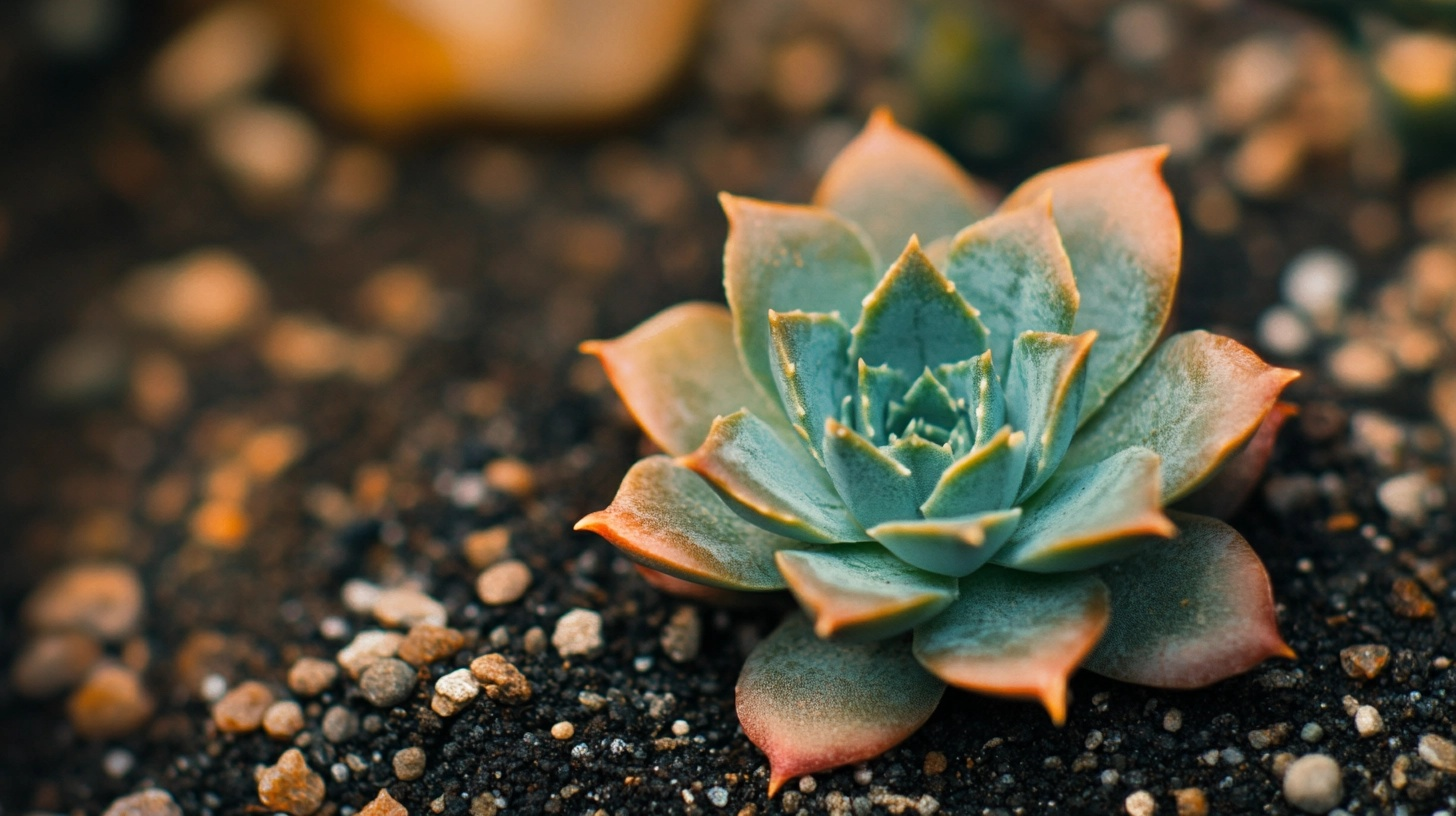
What is Pumice?
I remember the first time I picked up a piece of pumice. It felt so light in my hand, almost like it might float away!
Pumice comes straight from volcanoes. When lava with lots of gas in it cools down quickly, it forms this rocky material full of tiny air pockets.
The texture of pumice is rough and porous. When I rub it between my fingers, it feels a bit like very coarse sandpaper.
These little rocks range in color from light gray to white, and sometimes even a bit brownish.
In my garden, I use pumice mainly to help heavy soils drain better. It doesn’t break down easily, so I don’t need to add more each season.
What is Perlite?
Perlite also has volcanic roots, but it’s a bit different. It starts as volcanic glass that contains water.
When this glass is heated to very high temperatures, the water turns to steam and puffs up, kind of like popcorn!
What strikes me most about perlite is how incredibly light it is. Those white bits you see in potting soil are usually perlite.
It’s so light that I have to be careful when using it on windy days, or it blows right out of my pots!
I mostly use perlite when I want to add air to my soil. Plant roots need to breathe, and perlite creates little air pockets that help with that. I’ve noticed my seedlings start much better in mixes with perlite.
Both of these materials can make a big difference in your soil. But which one should you choose? I’ve tried both, and they each have their strong points, which I’ll break down for you next.
Pumice vs Perlite: A Side-by-Side Comparison
I’ve put together this simple table to help you quickly see the main differences between pumice and perlite based on my experience:
| Feature | Pumice | Perlite |
|---|---|---|
| Origin | Natural volcanic rock | Processed volcanic glass |
| Weight | Heavier, it stays in place | Very light, can float |
| Water retention | Holds about 20% of its volume | Holds about 10% of its volume |
| Longevity | Lasts for years, doesn’t break down | Breaks down faster, needs replacement |
| Cost | Usually more expensive | Generally more affordable |
| Best for | Long-term soil improvement | Quick drainage improvement |
| Ideal plants | Most garden plants, perennials | Seedlings, cacti, and orchids |
| Indoor use | Good for potted plants | Excellent for potting mixes |
| Outdoor use | Great for garden beds | Better in containers than beds |
| pH effect | Neutral to slightly alkaline | Neutral (pH 7.0) |
I find this table helpful when I’m deciding which to use for different garden projects. Both have their place in my gardening toolkit!
When to Avoid Using Pumice or Perlite
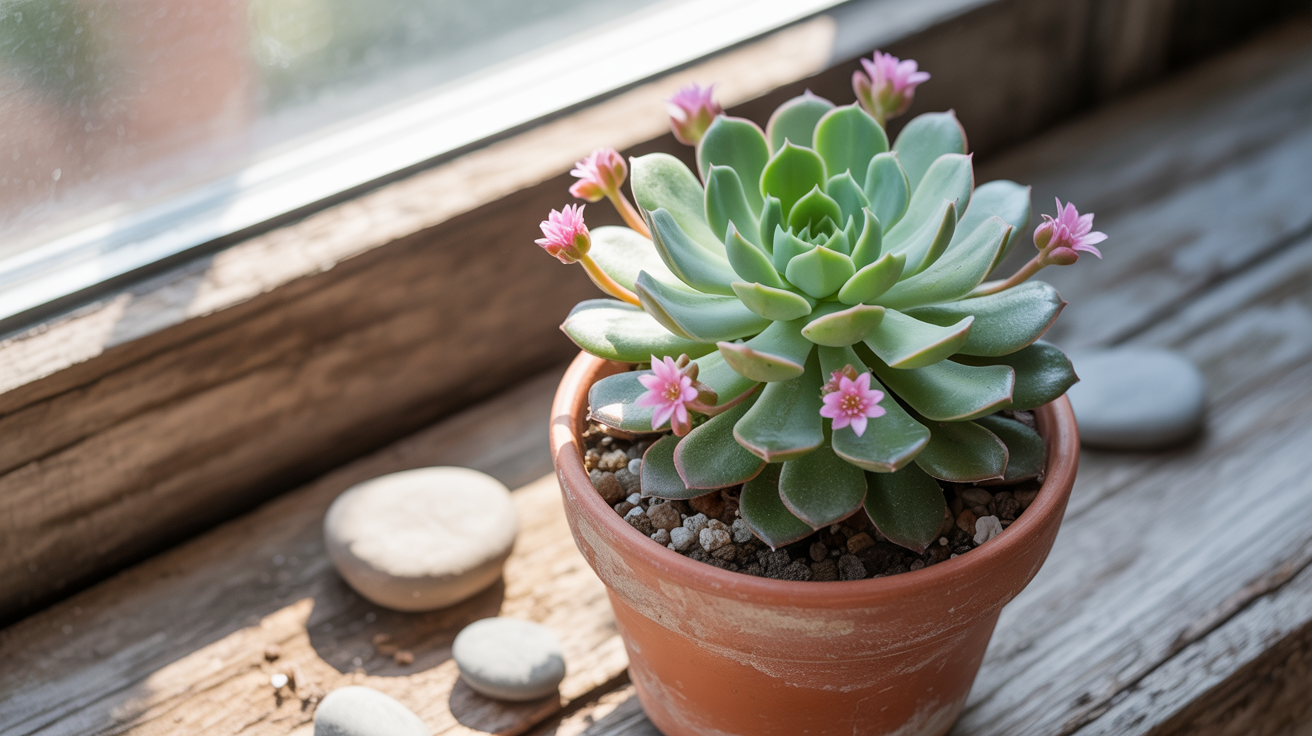
Through trial and error, I’ve learned that these materials aren’t always the right choice. For plants that love wet soil, like my ferns and some water-loving plants, adding too much of either can make the soil too dry.
In my heavy clay garden beds, small amounts of pumice or perlite didn’t help much. Clay soil needs major changes, not just a light sprinkling of soil additions.
Also, for my acid-loving plants, like blueberries, I avoid using too much pumice, as it can make the soil slightly more alkaline over time.
Some plants do better in plain, rich soil without extras added.
Common Mistakes When Using Pumice or Perlite in Your Garden
Using Too Much
- I’ve learned that adding more than 25% perlite can make soil dry out too quickly.
- For pumice, I now stick to 15-30% of total soil volume for best results.
- When I first started, I used too much of both, and my plants suffered from either too much or too little moisture.
Not Mixing Well Enough
- Simply sprinkling these materials on top doesn’t work—I found this out the hard way!
- I now take time to combine everything in a bucket before filling my pots.
- This extra step ensures even distribution throughout my soil mix.
Wrong Choice for Plant Needs
- My moisture-loving plants like tomatoes do better with pumice in their mix.
- For my cacti and succulents, I’ve switched to perlite for faster drainage.
- I match the material to what my plants need, not just what I have on hand.
Not Rinsing Before Use
- I always rinse perlite to reduce the dust that made me cough the first time I used it.
- For pumice, a quick rinse helps remove tiny particles that might block drainage holes.
- This simple step makes both materials work better in my garden.
Ignoring Your Water Quality
- With my hard water, I’ve noticed perlite performs better over time.
- Pumice in my pots slowly collects mineral deposits from my tap water.
- I consider my water source when choosing between the two materials.
Using the Wrong Size
- For my seedlings, I use only fine grades of either material.
- In larger pots and garden beds, I choose medium to coarse grades.
- The right size prevents washing away and provides proper drainage for my plants.
Conclusion: Making the Right Decision for Your Garden
So, which is better—pumice or perlite? After trying both in my garden, I’ve found they each shine in different situations. The best choice depends on what you’re growing and where.
Good soil is essential for healthy plants. By learning about these two helpful additives, you can now make a better choice for your specific needs.
I suggest starting small. Try perlite in some pots and pumice in others, then watch how your plants respond. Take notes on what works best for each plant type.
Have you tried either material in your garden? I’d love to hear about your results in the comments below!

